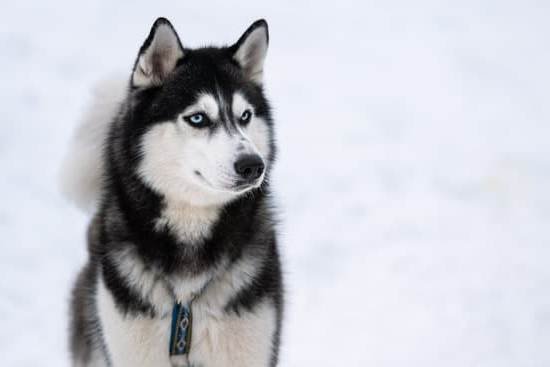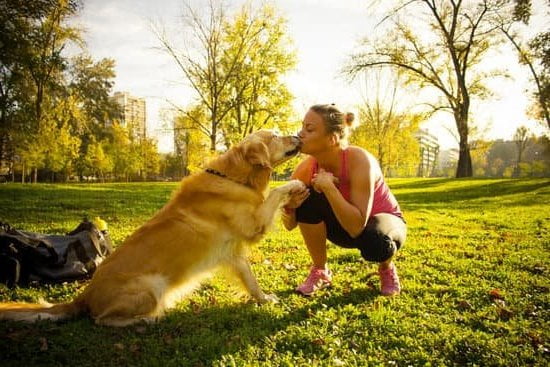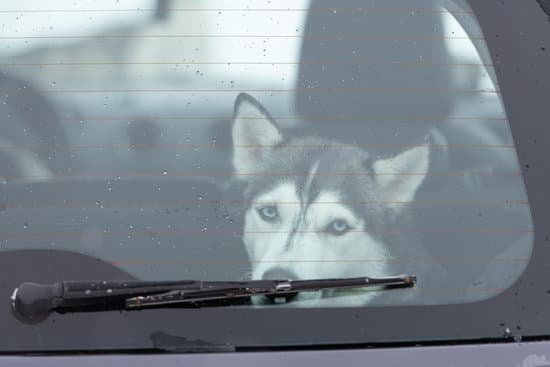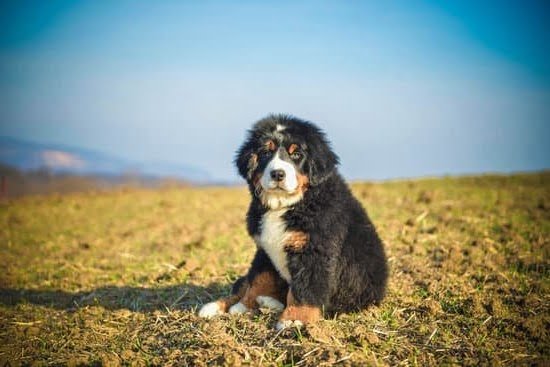?
Potty training an older dog can be a bit more challenging than training a puppy, but it is definitely possible. The key is to be patient and consistent with your training routine.
First, it’s important to establish a routine for your dog and stick to it. This means taking your dog outside to pee and poop at the same time every day. When your dog does go potty outside, be sure to praise them and give them a treat.
If your dog has an accident in the house, don’t scold them. Instead, calmly and immediately take them outside to finish their business. Once they do, praise them and give them a treat.
It may take a while, but with patience and persistence, you can successfully potty train your older dog.
How To Train Older Dogs Obedience
Training
There is no age too old for obedience training! Training your older dog is a great way to keep them mentally stimulated, as well as help maintain good behavior. Here are a few tips to get started:
Start with basic commands such as sit, stay, come, and down.
Be consistent with your commands and rewards.
Keep training sessions short and positive, and make sure your dog is always rewarded for good behavior.
If your dog has trouble learning a command, don’t get frustrated – just take a break and try again later.
Be patient and positive, and your older dog will be obedience trained in no time!
How To Train An Older Dog To Potty Outside
One of the many benefits of owning an older dog is that they are often already house-trained. However, as dogs age, their bladders and bowels may not function as well as they used to, and they may start having accidents in the house. This can be frustrating for both dog and owner. But with a little patience and some training, you can help your dog learn to potty outside again.
The first step is to determine why your dog is having accidents in the house. There could be many reasons, such as a health problem, arthritis, or cognitive dysfunction. If you can’t determine the cause, it’s best to take your dog to the vet for a check-up.
Once you’ve determined the cause, you can start training your dog. One way to do this is to create a designated potty area outside. This can be a specific spot in your yard, or a specific spot in a park or other public area. When you take your dog outside, take him to this spot and wait until he goes potty. Once he does, praise him and give him a treat.
If your dog has accidents in the house, don’t punish him. This will only make him more anxious and likely to have accidents in the future. Instead, clean up the mess with an enzymatic cleaner, and put a note on the door telling guests not to let the dog out. Then, take your dog outside immediately and praise him when he goes potty.
It may take a while for your dog to relearn how to potty outside, but with patience and persistence, you can get him back to doing his business where he’s supposed to.
Crate Training New Puppy With Older Dog
Many people have a question about how to crate train a new puppy with an older dog. The answer is that it is not difficult, but it takes patience. The most important thing to remember is that both dogs need to be comfortable with the crate.
The best way to introduce the crate is to put a treat inside and let the older dog go into the crate to get the treat. Once the older dog is comfortable going into the crate, you can start to close the door for a few seconds at a time. If the older dog is comfortable with the crate, you can start to leave the room for a few minutes at a time.
The key to success is to make sure that both dogs are comfortable with the crate and that there is no competition for the crate. If the older dog is not comfortable with the crate, you may need to start with a different training method.
Training An Older Dog To Walk On A Leash
Training an older dog to walk on a leash can be a bit more challenging than training a puppy, but it’s definitely doable. Here are a few tips to help make the process a little bit easier:
1. Start slow. When you first start training your dog to walk on a leash, begin by simply having them remain by your side as you walk. Reward them with treats and praise when they stay close to you.
2. Gradually increase the distance. Once your dog has mastered walking by your side, gradually start increasing the distance you walk.
3. Use a leash. It’s important to use a leash when training your dog to walk on a leash. This will help keep them under control and prevent them from wandering off.
4. Be patient. Training an older dog to walk on a leash can take time, so be patient and keep up with the training sessions.
5. Use positive reinforcement. Reward your dog with treats and praise when they walk on the leash correctly. This will help them learn the behavior quickly and keep them motivated.

Welcome to the blog! I am a professional dog trainer and have been working with dogs for many years. In this blog, I will be discussing various topics related to dog training, including tips, tricks, and advice. I hope you find this information helpful and informative. Thanks for reading!





